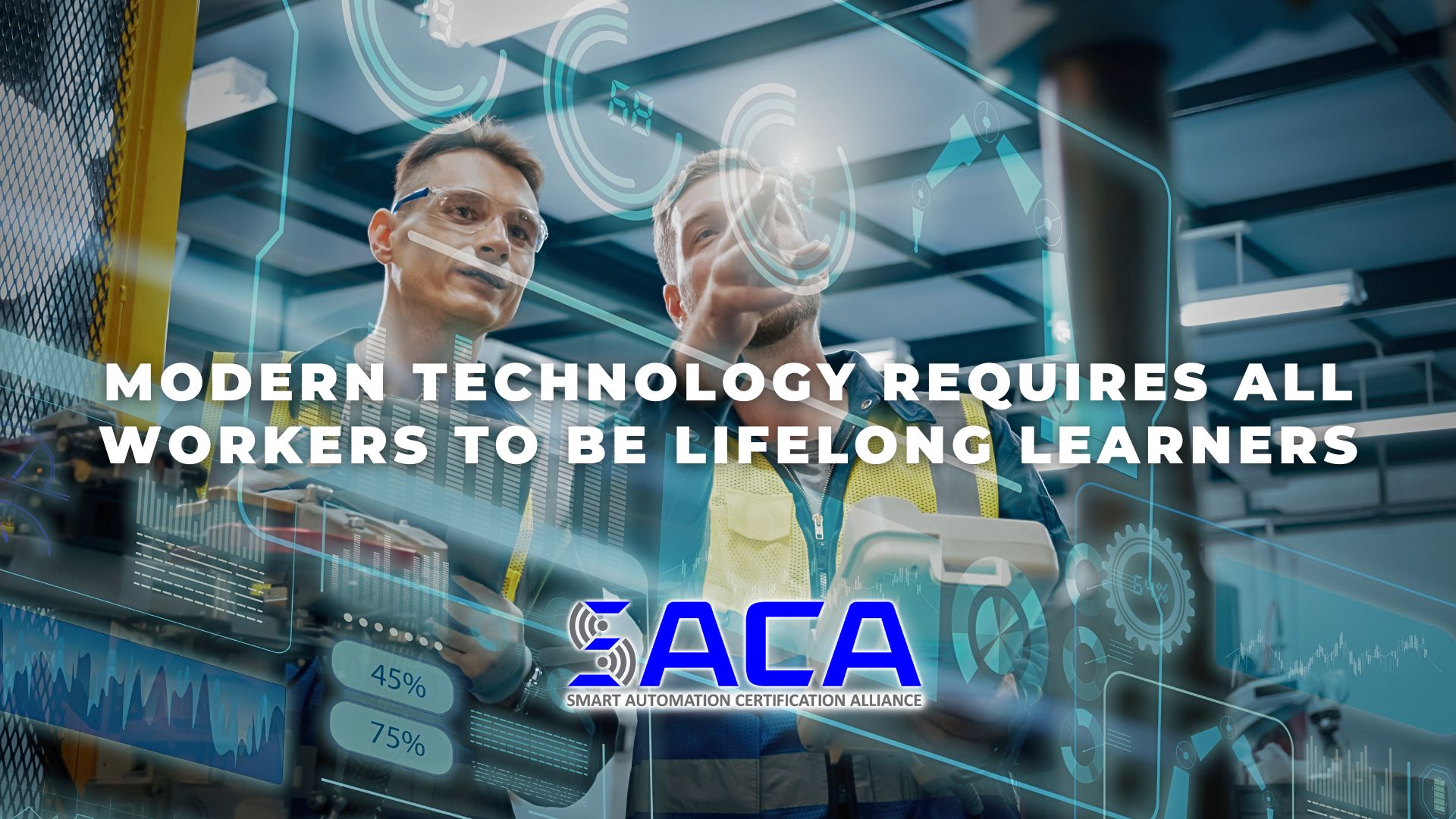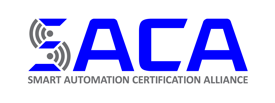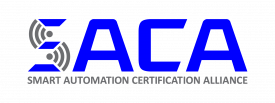
Do you remember your days as a student? If you were like most kids, you couldn’t wait to be done with school. No more teachers. No more books. No more exams. No more learning stuff you didn’t care about. Just launch out into the real world and get on with life. That’s what many students can’t wait for.
Well, as it turns out, the real world has some bad news for today’s students. Once they graduate and think they’re done with school, teachers, books, exams, and learning forever, they enter a workplace filled with modern technology that creates a seemingly-never-ending learning curve.
According to a recent Forbes article by Brian Greenberg, “[i]n the ever-evolving landscape of the modern workplace, a new reality [has] emerged: Every worker, regardless of their field, is now a tech worker to some extent. This shift is not limited to the tech industry and IT; it encompasses every sector, ranging from healthcare, education and carpentry to food service, manufacturing and retail. As technology permeates every aspect of our lives, adapting and continually retraining has become paramount.”
The author speaks from experience, noting that “[t]hroughout my career, I’ve had the privilege of working in several industries and many roles. The one constant was that I needed to keep learning along the way. There was always a new process to understand or technology to become familiar with. There was always something new, and as time went on, there was more and more technology to learn.
Could this phenomenon simply be a short-lived trend? Greenberg doesn’t believe so. Instead, he believes “it’s a mirror reflecting how deeply technology has rooted itself in the fabric of our work life. Integrating technology into every conceivable profession signals a departure from the past, where a clear delineation existed between a ‘tech job’ and a ‘traditional job.’”
For example, the author points out that “[e]lectricians, once primarily concerned with wires and circuits, are now at the forefront of installing smart home systems. This requires an understanding of electrical fundamentals, networking and digital connectivity. They are expected to be adept at navigating complex control systems and staying up to date with the latest smart technology.”
How do students prepare themselves for today’s workplace? Greenberg believes “a continuous learning and adaptability attitude is essential. The demand is no longer for workers who can perform a set task. Instead, the emphasis is on those who can learn, unlearn and relearn as technology evolves.”
Moreover, he notes that “[t]his dynamic is not restricted to mastering new software or tools; it also includes understanding the implications of technology on your industry, keeping up with cybersecurity concerns, staying ahead of digital trends, understanding how your data is managed and developing a mindset for innovation.”
Does this sound intimidating? If so, you’re not alone. However, Greenberg believes “seeing it as an opportunity is more productive. Technology can be a potent tool to enhance efficiency, accuracy, creativity and productivity in any job when used effectively. For instance, automation and AI can take over mundane tasks, freeing workers to focus on more strategic, creative aspects of their roles.”
But what if you just want to be a “traditional worker” and not a “tech worker”? In today’s workplace that just might not be possible any longer. The author notes that “[w]herever you look, technology is enhancing jobs…tech literacy has become a fundamental skill, just like reading and writing. People must be familiar with essential tech tools and concepts relevant to their fields and be ready and able to explore new digital avenues as they emerge.”
Fortunately, workers don’t have to meet this challenge alone. According to Greenberg, “[o]ngoing reskilling is a responsibility shared by everyone, employees and employers alike. Companies must provide learning opportunities, time and resources to help their staff keep pace with technological advancements. These could include training programs, workshops, online resources or partnerships with educational institutions.”
As opportunities are made available to them, “workers must embrace their identity as tech workers, regardless of their job titles. This means being proactive in learning new skills, adapting to new tools and being open to how technology can improve their work and lives.”
Greenberg issues “a call to embrace the new realities of the workplace, where technology is not just an enabler but a necessary partner in every career path. We can successfully navigate this new landscape by adopting a continuous learning mindset, seeking opportunities to upskill and leveraging technology to our advantage. The future of work is here, and it’s undeniably tech-centric.”
Is your employer adequately equipping its workers with opportunities to build the tech skills they need to survive and thrive in today’s technology-driven workplace? In addition to upskilling current workers, employers need to ensure that new workers have the hands-on skills they need to succeed.
Today, more and more employers are looking for workers with industry-standard certifications that prove they have the skills needed. For example, if workers possess a certification from the Smart Automation Certification Alliance (SACA), employers can feel confident they’ve already proven they have the knowledge and hands-on skills needed for working with advanced smart automation technologies. SACA has been hard at work collaborating with industry leaders to develop a wide variety of industry-standard certifications that will help employers find workers who possess the advanced connected-systems skills they need to take their businesses to the next level. Be sure to check out SACA and all it has to offer!





